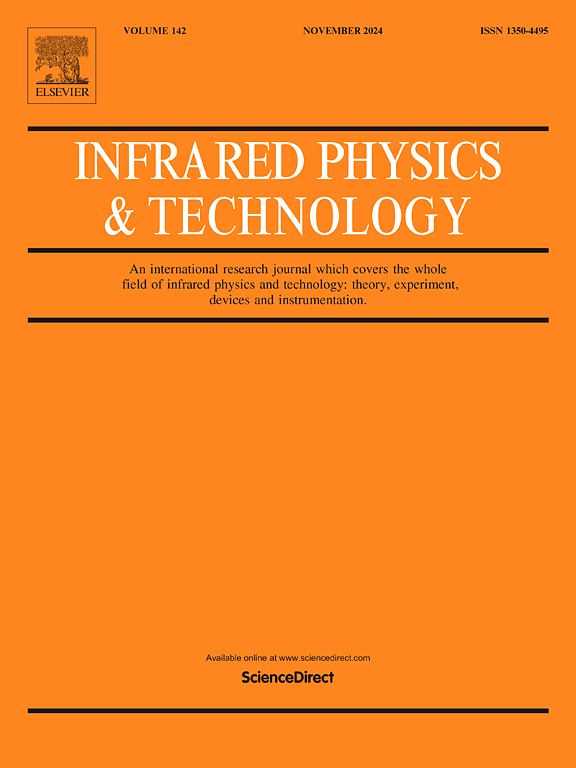基于改进极限学习机和TDLAS的CO和CO2混合气体浓度在线检测研究
IF 3.1
3区 物理与天体物理
Q2 INSTRUMENTS & INSTRUMENTATION
引用次数: 0
摘要
为了提高工业领域CO和CO2混合物的检测精度,同时解决现有气体浓度检测模型易受环境干扰、泛化能力不足、不能在线更新等问题,提出了一种基于改进的在线极限学习机的浓度检测方法。基于可调谐半导体激光吸收光谱(TDLAS),利用深度极限学习机在线检测混合气体。首先,利用波长在1583 nm附近的TDLAS系统对不同浓度的CO和CO2混合气体进行分析,并利用离线数据库建立初始气体检测模型;然后,在检测过程中实时获取新的样本数,在线更新模型参数,并引入动态遗忘因子来调整新旧样本的权重,提高算法的检测精度和自适应能力。最后,实验结果表明,该算法可以在浓度变化时在线更新模型参数,CO和CO2的RMSE分别为0.01243%和0.11856%,达到了较高的检测精度,具有一定的工程应用价值。本文章由计算机程序翻译,如有差异,请以英文原文为准。
Research on on-line detection of CO and CO2 mixed gas concentration based on improved extreme learning machine and TDLAS
In order to improve the detection accuracy of CO and CO2 mixtures in the industrial field, and to solve the problems that the existing gas concentration detection models are vulnerable to environmental interference, lack generalization ability, and cannot be updated online, a concentration detection method based on an improved online extreme learning machine is proposed. Based on tunable semiconductor laser absorption spectroscopy (TDLAS), a deep extreme learning machine was used to detect gas mixtures online. Firstly, a TDLAS system with a wavelength near 1583 nm was used to analyze mixed gases of CO and CO2 at different concentrations, and the initial gas detection model was established using an offline database. Then, a new sample number is obtained in real time during the detection process to update the model parameters online, and a dynamic forgetting factor is introduced to adjust the weight of the new and old samples to improve the detection accuracy and adaptive ability of the algorithm. Finally, the experimental results show that the algorithm can update the model parameters online when the concentration changes, and the RMSE of CO and CO2 are 0.01243 % and 0.11856 %, respectively, which achieve high detection accuracy and have certain engineering application value.
求助全文
通过发布文献求助,成功后即可免费获取论文全文。
去求助
来源期刊
CiteScore
5.70
自引率
12.10%
发文量
400
审稿时长
67 days
期刊介绍:
The Journal covers the entire field of infrared physics and technology: theory, experiment, application, devices and instrumentation. Infrared'' is defined as covering the near, mid and far infrared (terahertz) regions from 0.75um (750nm) to 1mm (300GHz.) Submissions in the 300GHz to 100GHz region may be accepted at the editors discretion if their content is relevant to shorter wavelengths. Submissions must be primarily concerned with and directly relevant to this spectral region.
Its core topics can be summarized as the generation, propagation and detection, of infrared radiation; the associated optics, materials and devices; and its use in all fields of science, industry, engineering and medicine.
Infrared techniques occur in many different fields, notably spectroscopy and interferometry; material characterization and processing; atmospheric physics, astronomy and space research. Scientific aspects include lasers, quantum optics, quantum electronics, image processing and semiconductor physics. Some important applications are medical diagnostics and treatment, industrial inspection and environmental monitoring.

 求助内容:
求助内容: 应助结果提醒方式:
应助结果提醒方式:


